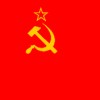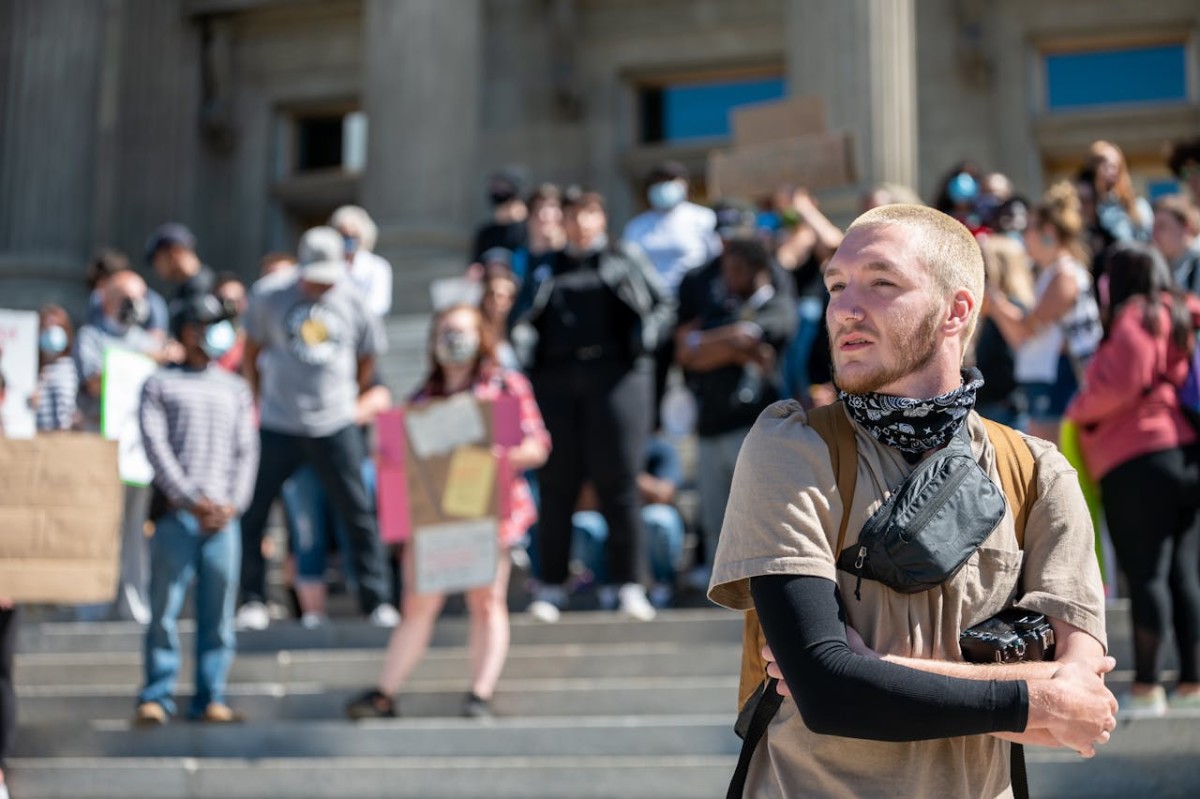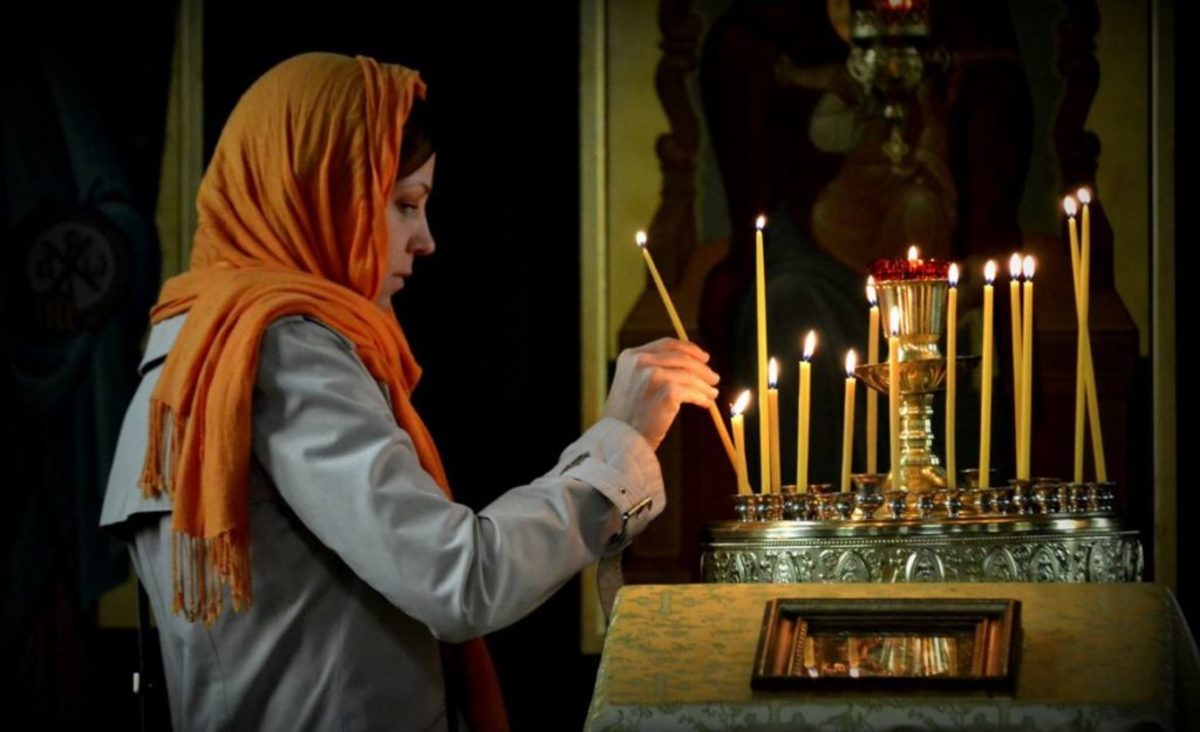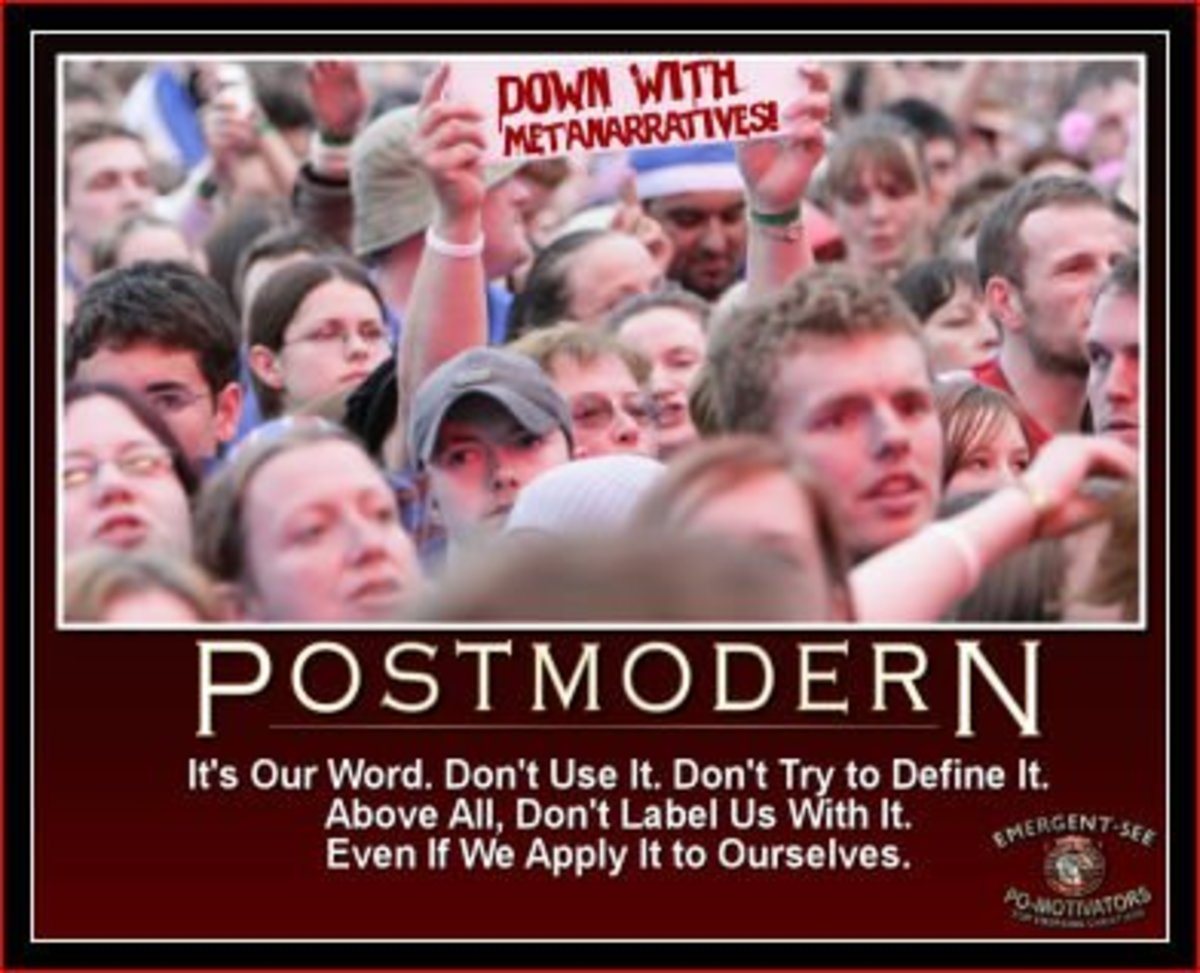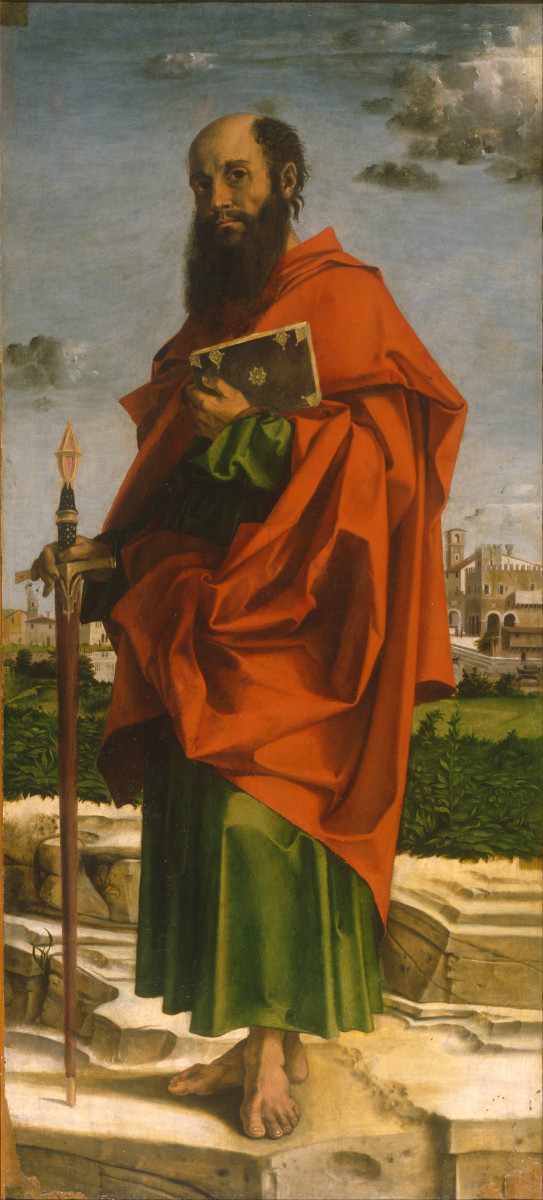The Nemanjic Dynasty and the Role of Religion in Medieval Serbian State Formation
The role of religion in creating and sustaining the medieval Serbian state was of profound importance. In practical terms the embracing of the orthodox faith provided the many scattered tribes people with a common ideological identity. The creation of a shared identity provided the foundations on which the imperial state may be strengthened. This was done in a symbolic manner; by means of religious propaganda the Nemanja’s successfully created a royal cult which usurped imperial Byzantine ideology. The imperial ideology itself being fashioned out of creating a symbolic link between church and empire, emperor and Christ. This process began with Stefan Nemanja and culminated with Stefan Dusan. With regards to Dusan particular attention will be given to the law code which he produced; granting privileges to the church.
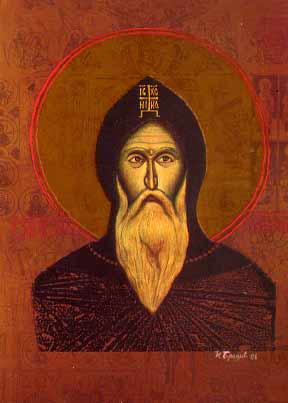
Stefan Nemanja: The Holy Root
The creation of an independent Serbian state began with the Zupan Stefan Nemanja. As Grand Zupan Nemanja’s authority stemmed from Byzantium, thus Serbian power was not independent. It was Nemanja’s post-Zupan role which bore the greatest influence in the formation of the Serbian state though, rather than his agency in his secular capacity. After his abdication Nemanja would follow the path of his son Sava and become a monk. For this reason and the success of the dynasty he left behind Nemanja was described as the ’holy root’, it was from he whom the royal-religious Nemanja dynasty stemmed.
Sava’s importance is not limited to influencing the decision of his father to become a monk. Arguably of greater significance to the Serbian state was the cult of Nemanja which he helped fashion along with his brother Stefan II. The brothers created two biographies of their father. Being a monk Sava focused upon the religious later life of his father and as the anointed heir Stefan II naturally focused on the political dimension of Nemanja’s earlier life.
While Sava’s own religious convictions may have influenced the focus of his work, perhaps of greater influence was the political foundations which this would help to lay. It has been argued that Sava’s writing was a piece of political propaganda which was part of a campaign to have Nemanja sainted. This campaign was ultimately successful and provided an ideological basis for securing the rule of Stefan the first crowned. This is illuminated in Stefan’s biography of Nemanja. Within this Nemanja is depicted as Serbia’s patron saint who protects Serbia from the heavens with the support of God. He is also credited with performing posthumous miracles including saving Stefan the first crowned from his enemies, thus displaying his fathers support for his rule over his brother and challenger to the throne; Vukan. The canonisation of Nemanja gave the Serbs a saint from within their own ranks, thus aiding the creation and maintenance of a shared spatial identity. It also bestowed sacred properties upon the wider dynasty and further entrenched their rule. Both Sava and Stefan would later be sainted also, thus further securing the dynasty by recognising the virtues of the successors of the ‘holy root’.
Religious propaganda’s significance is not limited to the biographies written by Sava and Stefan. Instead it extended into the monasteries of Serbia. In the first instance Serbia’s rulers were the builders of monasteries, the building of at least one monastery being a requirement of every ruler. This generosity to the church undoubtedly helped secure the dynasty as it resulted in the church supporting the Nemanja’s and representing Stefan I as the father of the Serbs.
The frescos of the monasteries provided a platform on which to convey the virtues of the Nemanja’s. These immortalised the family in a symbolic manner. Furthermore, the embracing of divine rule showed that the “God had ordained that Nemanja’s ancestors, he himself and subsequently all his heirs should sovereignty rule the Serbian land.” The frescos also made certain subtle depictions, the most important perhaps being the use of the crown, garments, loros and scepter of the Byzantine emperor. The symbolic imagery which this conveyed served to put the Nemanja’s on a political level equal to the emperor and so gave the message that it was not only the emperor who ruled by the grace of god.
Further elevation of the Nemanja’s came via their inclusion in church liturgy. To the Serbian subject inclusion in Church liturgy separated the royal family from simple earthly man and elevated them to a level closer to God and the heavens. For the historian it highlights a relationship between church and state. That may even be an understatement and it may be fair to suggest that the state was actually an extension of the church. What is certainly clear is the emergence of a cult of the royal family and one that is fashioned and promoted in religious terms.
1219 was to be a watershed year for this relationship between the church and Serbian state. This was the year when Sava secured the independence of the Serbian Church. Previously the Church had been under the control of Byzantium. Securing the autonomy of the church would mean greater freedom from Byzantium but further entrenching ties with and arguably dependency on the Serbian state, as its many privileges suggest. This position was achieved as both Sava and Stefan were able to take advantage of the feud between Rome and Constantinople and secure concessions from both. While Sava gained the Church’s autonomy from Byzantium, Stefan was able to gain a royal crown from the papacy which gave Stefan the legitimacy of being recognised as King. This was made possible by the geography of Serbia. It was positioned as a dividing line between east and west, Byzantium and Rome. This made it a natural battleground for influence between the Christian powers, something which the Nemanja brothers shrewdly manipulated. This had been further facilitated by the fall of Constantinople in 1204 intensifying Serbia’s importance in the Zero-sum game between east and west.
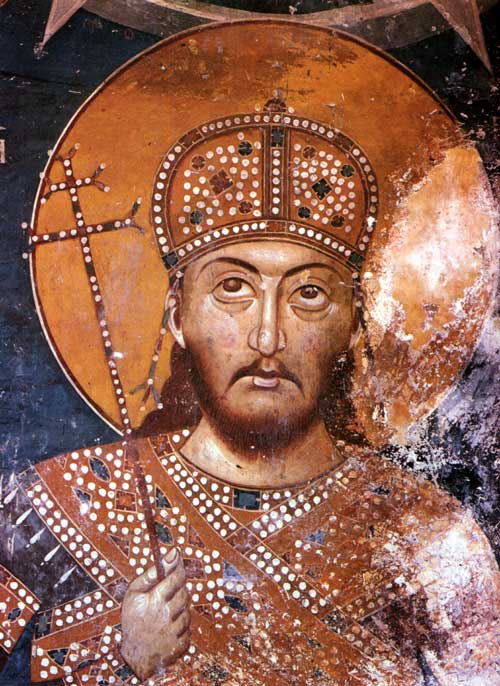
Dusan: the Lawgiver
The climax of medieval Serbian statehood came a century later with the rule of Dusan. This era saw the continued centrality of religion within Serbian statehood. While religion remained central to statehood it manifested itself in a different guise. Stefan Nemanja had been raised catholic and converted to the orthodox faith. Perhaps this left him with some sympathy for or connection with Catholicism. He had maintained good relations with Rome and its clergymen. Under Dusan attitudes were to change. Religion had provided the Serbs with a cultural identity in Nemanja‘s day. It had thus been a mechanism for unifying. In Dusan’s expanded imperial Serbia religion was to prove divisive. Under the religious banner Dusan would use oppressive measures to secure the Serbian state. This was to primarily impact upon the Albanian population as they consisted the majority of Serbia’s Catholics. Dusan was committed to bringing the destruction of Serbian Catholicism as was made explicit in his law code which stated “If anyone does not heed the call to be converted to the true faith, he will be condemned to death.”
Dusan’s code was not the first to concern itself with religious matters within Serbia. A century earlier Sava had translated Nomo-canon, which was a collection of laws relating to the church decreed by ecumenical synods. What Dusan did was to build upon Sava’s foundations and attempt to “enact certain virtues and truest laws of the Orthodox faith to be adhered to and observed.” The code also banned conversions to Catholicism. The extent to which these laws were adhered to is open to question as the enforcement of the code was highly de-centralized. Punishment took place locally at a village level, but in principle embraced the notion of universality. In practical terms the code did not apply equally to all though. It was organised by hierarchical structure, church matters were first order of importance followed by matters concerning the nobility and so down the Serbian social structure.
The church did not only enjoy being symbolically placed at the top of a hierarchy, it also gained real tangible privileges from the code. First of all it’s status was raised and made equal to the Greek church and it’s figurehead also became a Patriarch rather than an Archbishop.
A second gain was that the church would have it’s own courts, meaning that it would be free from interference by the nobility. This would appear then to be a move towards the separation of church and state. It is not clear however, whether the nullification of noble influence on the church would increase church autonomy, or whether noble influence would be usurped by royal influence. This seems not an unfair suggestion given the mutual benefits both church and state were clearly gaining from this relationship. Also worth noting is that while noble influence was formally removed from church matters it was these very nobles who would often occupy high religious office under Dusan. The imperial expansion under Dusan’s leadership had been a product of pressure from the nobility. Expansionist policies were typical of the era, driven by the nobility’s desire for plunder and booty. What made Serbia different from so many was that it was successful in achieving these aims. It was in this context that religious office was a reward to the loyal nobility who made victory possible. Not only does this work to reward the nobility, but it also further secured Dusan. His approach of removing Greeks from religious office and replacing them with Serbs known to be loyal to him had the obvious benefit of further securing his relationship with the church and thus his political position.
Accounting for these factors in Dusan’s Serbia reveals a notion of statehood which is not produced or organised in a spatial manner. Instead it is conceived in religious terms and is so a supernatural state, clearly borrowing from Byzantine imperial ideology. It existed conceptually rather on the basis of borders and was secured more by notions of regency and divinity rather than by regional identity.
Summation
In terms of the creation of the medieval Serbian state religion can to some extent be seen to play a type of positive role. Under Stefan Nemanja the Orthodox faith was a mechanism of unity. It was able to be used to fashion a shared identity among the Serbs. This provided foundations upon which future state building could be rested. In the first instance this was done by Stefan the first crowned and his brother Sava. They actively promoted this new Serbian identity which placed their father as it’s figurehead. Politically they secured the Nemanja dynasty by creating a royal cult and ideology which was bound up with the Orthodox faith. This of course was nothing new or revolutionary, but merely adapting Byzantine imperial ideology to Serbian conditions. Under Dusan the Orthodox church was formally rewarded or recognised for it’s political importance in the shape of Dusan’s law code. The code also facilitated the oppression of non-Orthodox believers, largely Roman Catholic. This then may be described as religion playing a type of negative role in the sustaining of the Serbian state. It certainly operates at the different end of the spectrum from the cultural unification that it is said to have facilitated under Stefan Nemanja. What is without question, is that regardless of the positive or negative utility of religion under Nemanja and Dusan, religion was absolutely key in the formation and maintenance of the medieval Serbian state.
